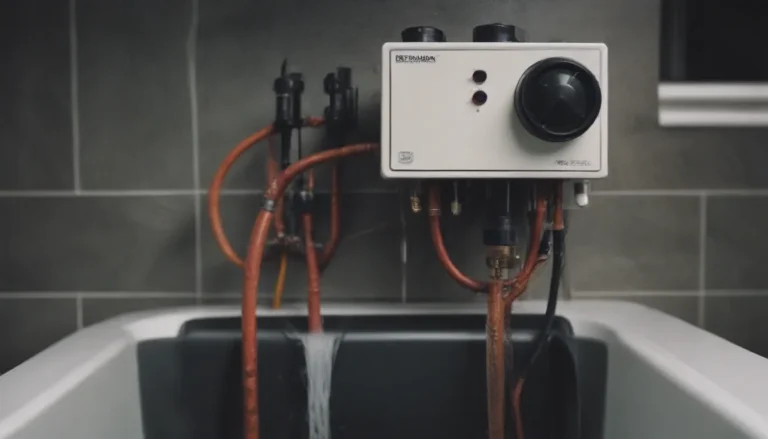How Much Does it Really Cost to Run a Dryer?

Have you ever wondered about the cost of running your clothes dryer? It’s true that dryers are known for being energy hogs, but understanding the actual cost can help you make informed decisions on how to save on your energy bills. Let’s dive deeper into the cost calculations and explore some tips on how to reduce your expenses.
Understanding the Cost Calculation
To calculate how much it costs to run your dryer, you need to consider a few key factors. The average cost to dry a load of laundry in the U.S. is approximately 45 cents, based on a 5,600-watt dryer, a 40-minute runtime, and a rate of 12 cents per kilowatt-hour. But to determine the exact cost for your specific dryer, follow these steps:
- Find the Wattage: Look for your dryer’s wattage in the owner’s manual or search for it online using the make and model number.
- Calculate the Energy Usage: Use the formula (wattage x hours used) / 1,000 to determine the kilowatt-hours (kWh) per load.
- Determine the Cost: Multiply the kWh by your electricity rate to find out how much each load costs.
- Estimate Monthly and Yearly Costs: Multiply the cost per load by the number of loads per month and then by 12 months to get the annual costs.
For example, if your dryer uses 5,600 watts and you run it for 40 minutes per load, you can calculate the cost per load, per month, and per year based on your specific electricity rate.
Sample Cost Calculation
Let’s go through a sample calculation using the average national rate of 12 cents per kilowatt-hour:
(5,600 watts x 0.667 hours) / 1,000 = 3.73 kWh
3.73 kWh x $0.12 = $0.45 per load
$0.45 per load x 24 loads a month = $10.80 per month
$10.80 x 12 = $129.60 per year
By following these steps, you can get a better understanding of how much it costs to run your dryer and look for opportunities to save on your energy expenses.
Tips to Save on Drying Costs
While it’s important to know the cost of operating your dryer, it’s also essential to find ways to reduce these expenses. Here are some cost-saving tips to help you lower your drying costs:
-
Utilize Off-Peak Hours: Some utility providers offer cheaper rates during off-peak hours. Consider doing your laundry at night when rates are lower to save on electricity costs.
-
Maintain Your Dryer: Keeping your dryer in good condition can help improve its efficiency and reduce energy consumption. Clean the lint filter regularly, ensure the vent is clear, and schedule professional maintenance if needed.
-
Air Dry Clothes: Whenever possible, opt for air drying your clothes instead of using the dryer. This not only saves energy but also helps preserve the quality of your garments.
-
Use Dryer Balls: Adding dryer balls to your laundry can help reduce drying time by improving airflow and separating clothes. This can lead to lower energy usage and shorter drying cycles.
-
Upgrade to an Energy-Efficient Dryer: Consider investing in an Energy Star-rated dryer, which is designed to consume less energy while providing excellent drying performance. While upfront costs may be higher, the long-term energy savings can be significant.
By incorporating these tips into your laundry routine and being mindful of your energy usage, you can effectively reduce the cost of running your dryer and save money on your monthly utility bills.
Conclusion
Understanding the cost of running a dryer is the first step towards making informed decisions on energy usage. By calculating the exact expenses associated with your dryer and implementing cost-saving strategies, you can effectively manage your household expenses and reduce your environmental footprint. Stay mindful of your energy consumption, explore opportunities to save on drying costs, and make sustainable choices for a more efficient laundry routine.





